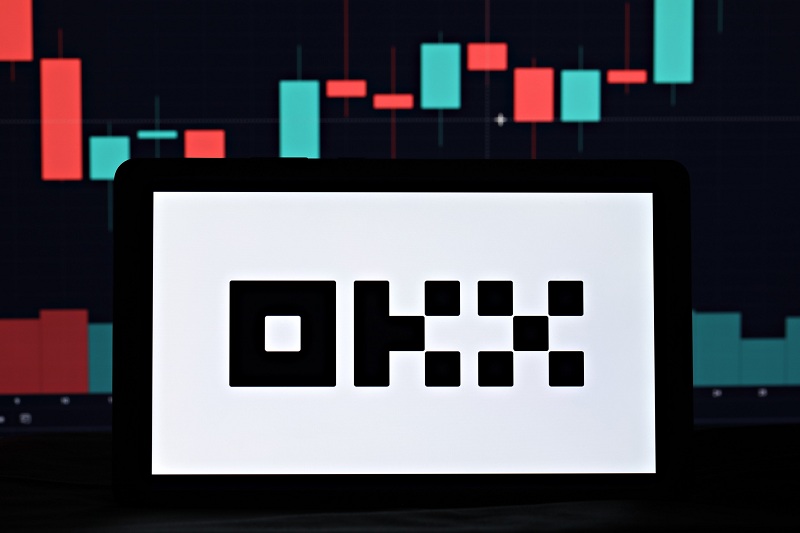
- According to the proof-of-reserves report, OKX’s reserves have a total of $7.5 billion in assets.
- The assets are spread between bitcoin (BTC), USDT, and Ether (ETH).
- This is the third proof-of-reserve published by OKX exchange.
In its third attempt to offer transparency on its stability, the OKX crypto exchange has published a proof-of-reserves report that shows the exact breakdown of the assets that the exchange has in its reserves.
According to the report, the exchange has a total of $7.5 billion worth of assets in reserves which do not include its native token OKB. The price of OKB has dropped has 6.10% today to trade at $30.69 at the time of writing.
The report shows that OKX is overcollateralized by all the assets in its reserves. It has a reserve ratio of 105% for ETH, 101% for USDT and 105% for BTC.
OKX reserves are 100% clean
OKX’s proof-of-reserves report comes right on the heels of CryptoQuant developing a metric that measures the “cleanliness” of crypto exchanges’ reserves. The cleanliness is determined by how reliant the reserves are on an exchange’s native token.
Data from CryptoQuant shows that OKX’s reserves are 100% clean since they do not contain its native token. The majority of other popular crypto exchanges are far from realizing such a level of reserve cleanliness. The reserves of Binance, for example, are 87% clean, while those of Bitfinex are 70% clean and those of Huobi are 60% clean.
According to OKX’s Chief Marketing Officer, Haider Rafique, OKX has never used its native token to finance its business. In an interview with one media outlet, Rafique said:
“We’ve never used a native token to finance the company. The native token was never a big part of our business or treasury. Our native token was always designed to engage our most active customers and give them a way to seek discounts through activity on the platform.”
Rafique also revealed that OKX plans to be publishing its proof-of-reserve report every month. The exchange also plans to launch a bug bounty program that will allow developers to evaluate the reports and find out if there are any bugs in the system or with OKX that needs to be addressed.

